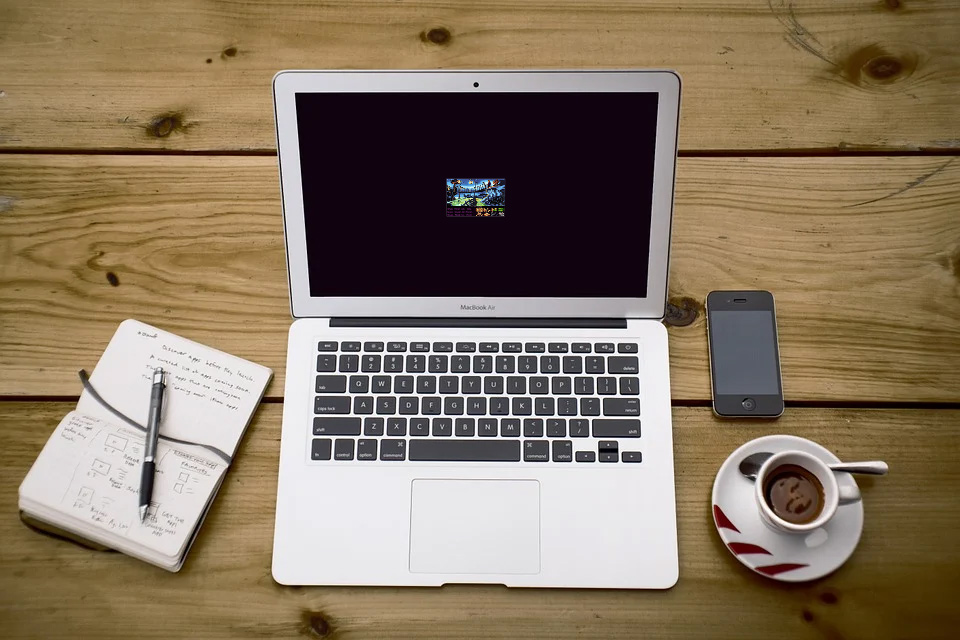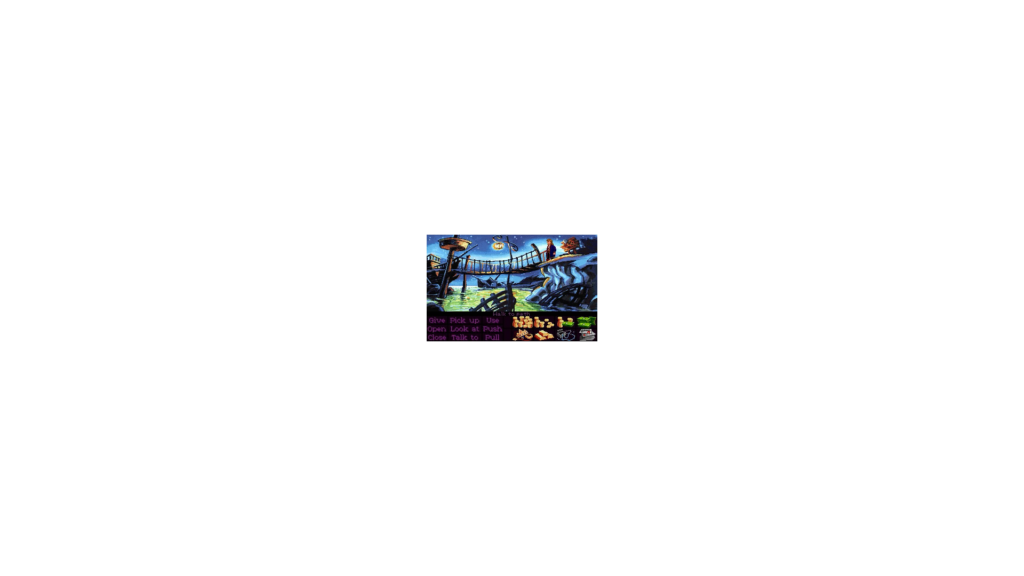Conflict resolution

There is always going to be self doubt in any creative process. But since becoming more heavily involved in point n’ click game dev it’s become increasingly obvious just how many extremely talented and creative game designers there are out there, even in the world of pixel art alone!
I mean I’m a designer, I have been for the past 25 years, and thus I am aware that the world is full of people wielding creative capabilities far in advance of my own, but I’ve always been pretty comfortable with where I sit in the general pecking order. I’m good. I’m not exceptional, but I’d be happy to pronounce that I’m somewhat better than the average faeces-lobbing primate, and that’s fine. But entering a new arena like game design not only threw me into a stark world full of beautiful artwork and talented creators, it also made me look at what everybody else was doing and want to do exactly that thing.
This again is generally fine. Artists have trodden the fine line between “inspiration” and “plagiarism” for centuries, but one thing that I’ve been battling with specifically is that the different styles of artwork required for game design not only alter the aesthetic of the finished product, but also the way that it is constructed from the start.
All of this means that I have had to wrestle with a decision to pixel or not to pixel. Essentially this means a huge shift in the resolution of the game itself. A game with high-end graphics will usually have a 1920x1080px resolution as a bare minimum, but a pixel art game is significantly smaller than that. Monkey Island 2: LeChuck’s Revenge for instance only had a resolution of 320×200. That’s tiny!

And this is a decision that needs to me made pretty early on in the game development process (albeit after all of the initial planning, script-writing etc.) – I’m talking about the actual building of the game itself.
So I’ve been to-ing and fro-ing between using pixel art and giving the 10 year old me a self-indulgent nostalgia trip, and giving in to modern technology to let the richness of colour, depth, detail and quality call the shots.
It’s made me doubt my own ability, and covet the abilities of others. Will anyone even want to play a new pixel art game? (evidence suggests that they will, although to what degree it has the potential to be profitable is up for debate). But I am who I am, and I am doing this primarily for my own satisfaction.
For this reason, nostalgia has won the day and I now have restored confidence in creating the game in a the teeny tiny resolution required for pixel art. I have increased the resolution to a Thimbleweed level though, to give me a bit more to play with that the original Lucus Arts titles. So the resolution I have opted for is 480x270px.
I have also started work on a new demo. The initial structure is mapped out and I have a list of characters, scenes and puzzles ready to start work on.
I’m hoping to have the demo more or less ready within the next 6 months, but that will depend on real work (eeuurrggh!) and whether any of the development takes me significantly longer than I am predicting…e.g. getting voice-overs and lip syncing sorted.
Also, I have decided to build the game using Visionaire Studio. It supports a wide range of platforms and devices, and so far I am really impressed with the way that the software and engine are structured. It’s also reassuringly similar to my own engine (in terms of the overall structure).
Thanks for reading. I love you x
Back to blog